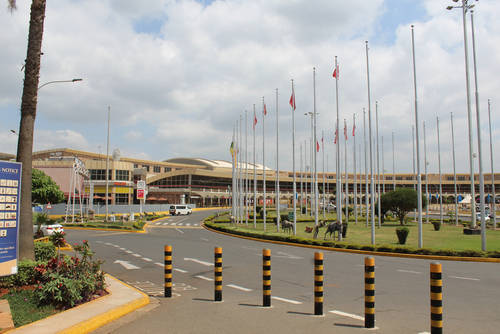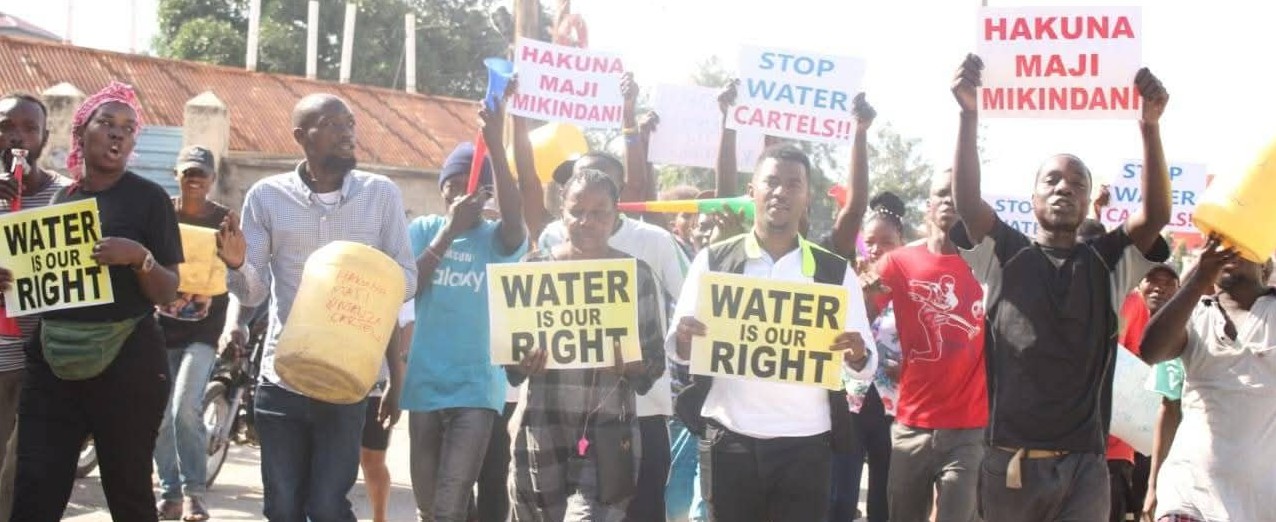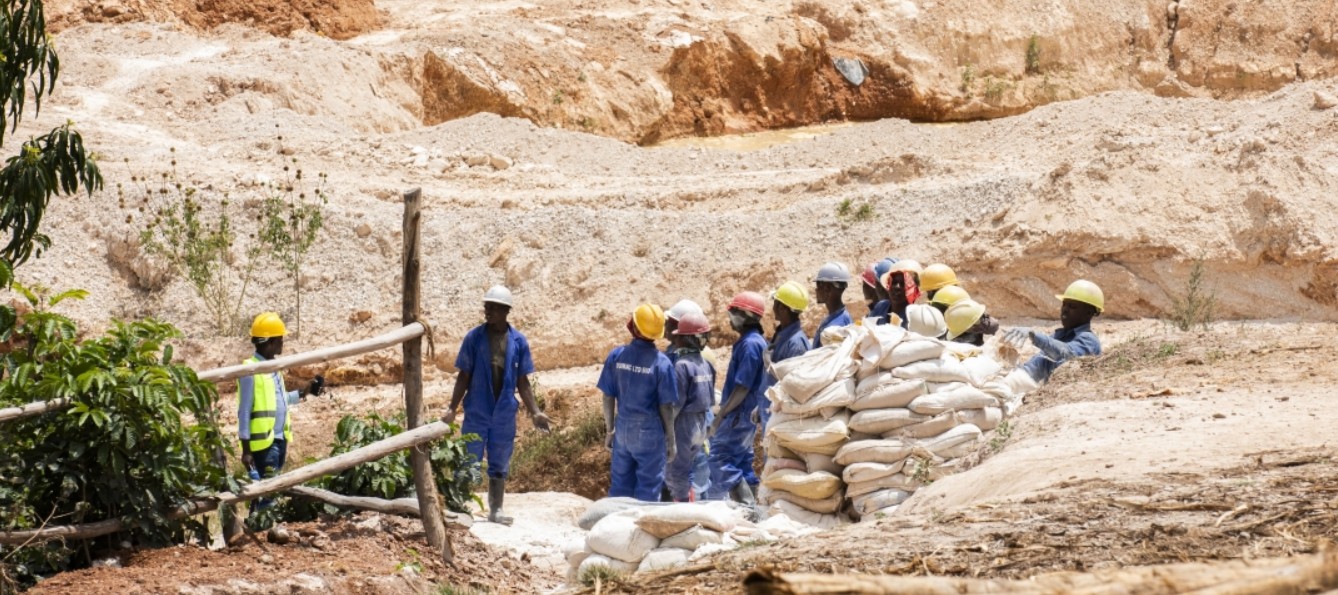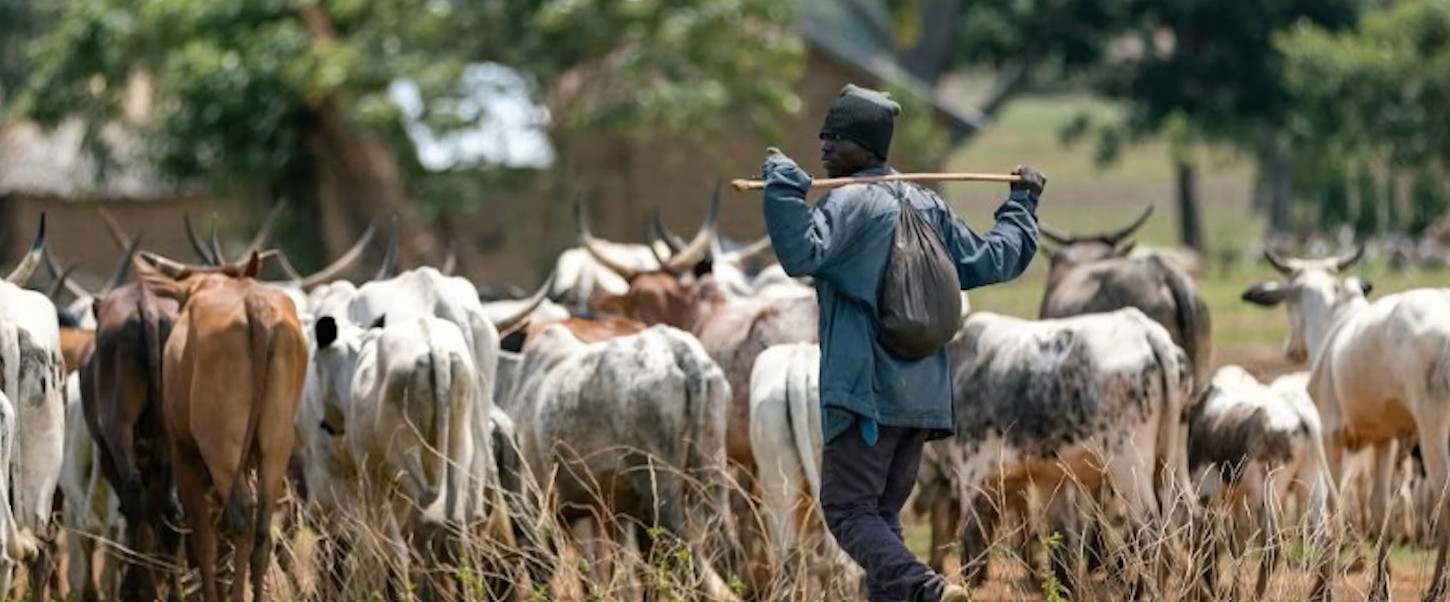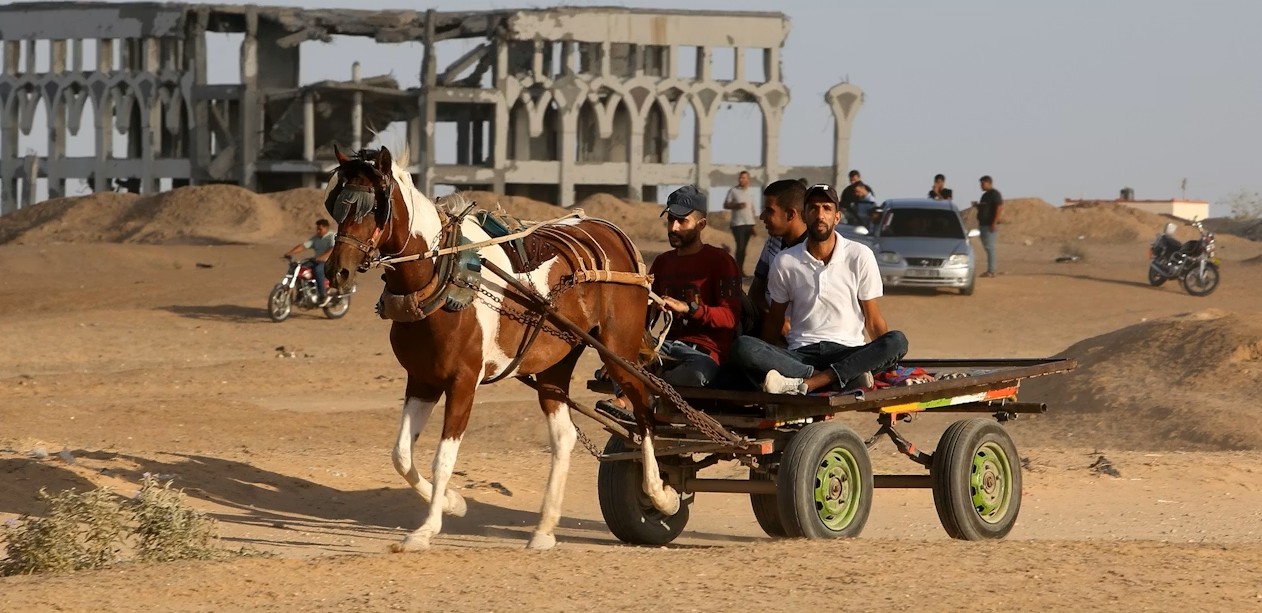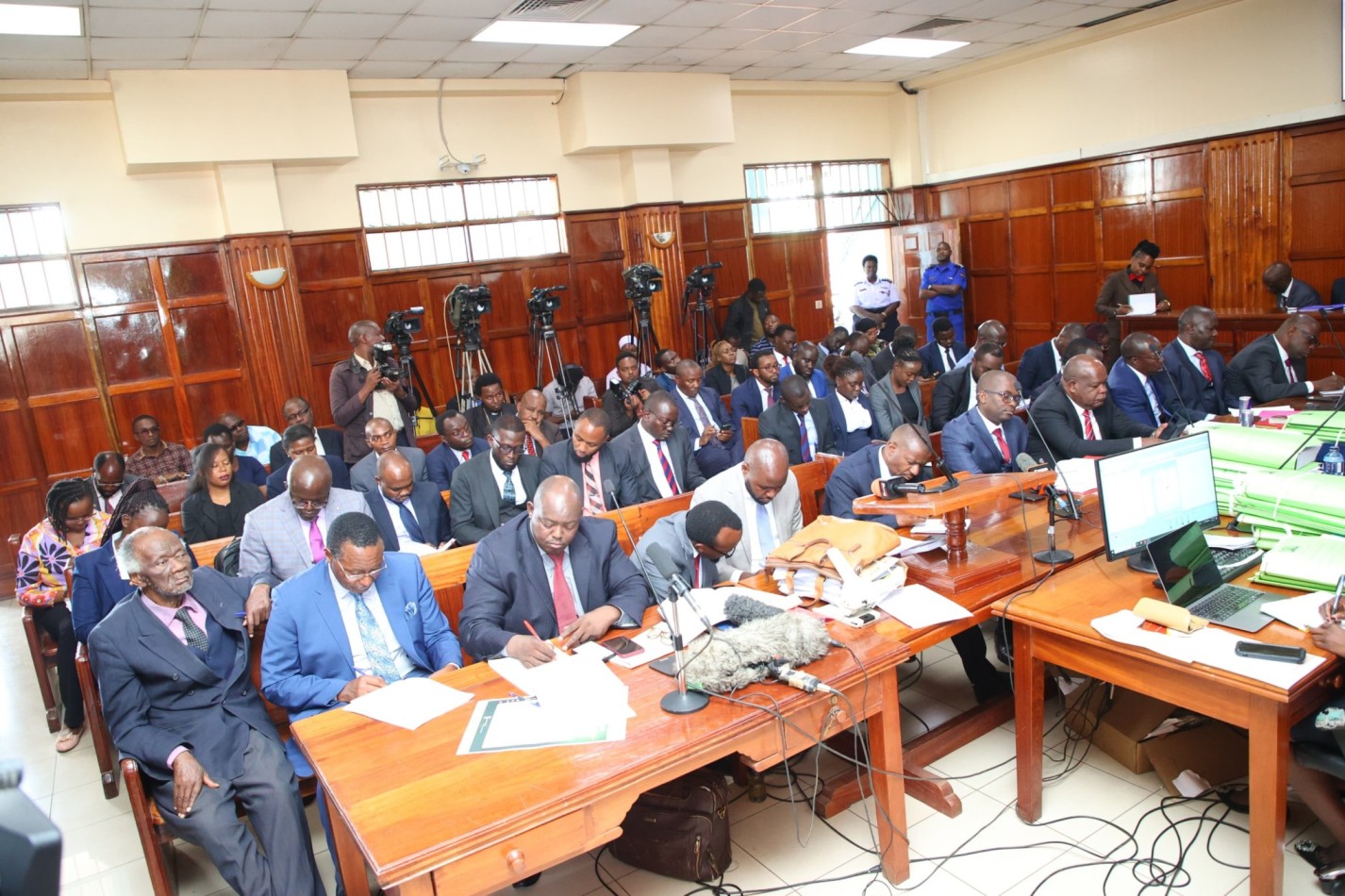Dry January it is: Weatherman warns of heat stress, water scarcity in most of Kenya

Kenyans have been advised to stay informed to minimise potential impacts on health, agriculture, and water resources.
Kenyans have been urged to brace for a dry start of 2025, with the Kenya Meteorological Department predicting predominantly sunny and dry weather conditions across most parts of the country.
In its forecast for December 31, 2024 to January 6, 2025, the department said temperatures are forecast to be warmer than average, with the highest heat expected in January.
More To Read
- Kenya Met forecasts intermittent showers, cold nights over next five days
- Met Department forecasts wet, sunny conditions across Kenya in next five days
- KEMRI, Health Ministry warn of potential malaria outbreak in Kakamega
- More rain, possible flooding expected across Kenya this week- Met
- Five-day forecast predicts intense rainfall across the country
- Heavy rains, gusty winds expected across Kenya
The department has warned that the elevated temperatures may lead to heat stress and related discomforts, including headaches and fatigue.
“Mainly sunny and dry weather conditions are expected to prevail over most parts of the country,” Director of Meteorological Services David Gikungu said.
“The public is therefore advised to keep adequately hydrated and moderate outdoor activities, particularly during the afternoons, to avoid adverse effects of the heat.”
These regions include the Lake Victoria Basin, parts of the highlands west of the Rift Valley and South Rift Valley (Siaya, Kisumu, Homa Bay, Migori, Kisii, Nyamira, Nandi, Narok, Kericho, Bomet, Kakamega, Vihiga, and Busia counties).
Others are the North Rift, Central Rift Valley and parts of the highlands west of the Rift Valley (Bungoma, Trans Nzoia, Uasin Gishu, Elgeyo Marakwet, West Pokot, Baringo, Nakuru, central and western parts of Laikipia counties.
In the coastal strip, areas like Mombasa, Tana River, Kilifi, Lamu and Kwale have also been predicted to experience mainly sunny and dry conditions for most of the month. However, a few days may have light to moderate rainfall.
In the arid and semi-arid lands (ASALs), particularly in the northern regions, the weatherman said water scarcity for humans and livestock is likely to worsen.
Communities in these areas have been encouraged to conserve water and use occasional rainfall to practice water harvesting.
“North-western region (Turkana and Samburu counties) are likely to experience sunny and dry conditions during the month. High daytime (maximum) temperatures (30°C-40°C) are expected to prevail throughout the month,” the weatherman said.
“Water availability for both human and livestock needs is likely to decline in the ASAL areas, particularly in the northern parts of the country. Communities in these regions are therefore advised to use the available water sparingly. Communities in areas likely to receive occasional rainfall are encouraged to harvest rainwater to supplement their water needs.”
However, occasional rainfall is expected in a few areas.
Regions likely to experience some rainfall include the coastal areas, southeastern lowlands, and highlands east of the Rift Valley.
Gikungu noted that rainfall may also occur in the highlands west of the Rift Valley, the Lake Victoria Basin, and parts of the central and southern Rift Valley.
“This rainfall is likely to spread to several places in the highlands west of the Rift Valley, the Lake Victoria Basin, and the central and southern Rift Valley by March,” he said.
The forecast is based on empirical models that consider the neutral phase of the El Niño Southern Oscillation (ENSO) and near-average Sea Surface Temperatures (SSTs) in the Pacific and Indian Oceans. The Indian Ocean Dipole is also neutral, contributing to the predicted weather patterns.
Kenyans have been advised to prepare for these conditions and stay informed to minimise potential impacts on health, agriculture, and water resources.
Top Stories Today


